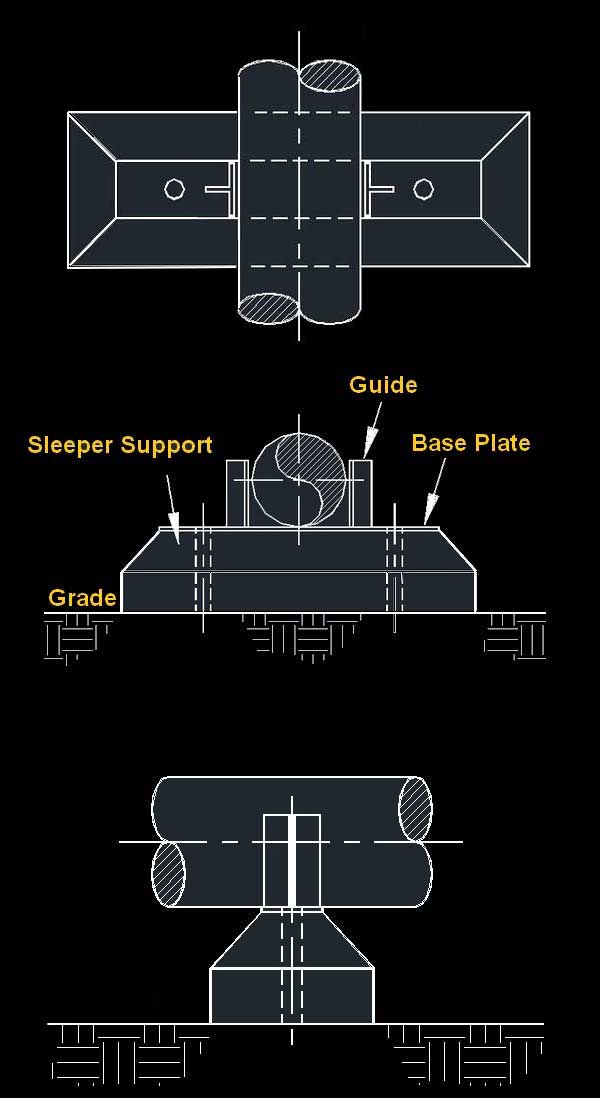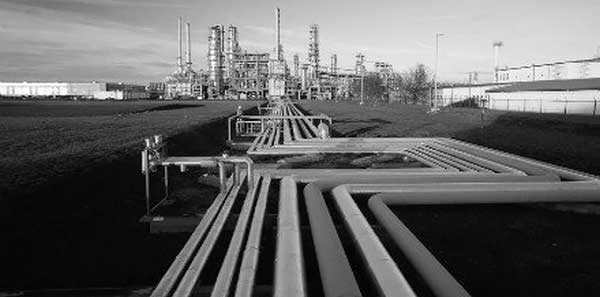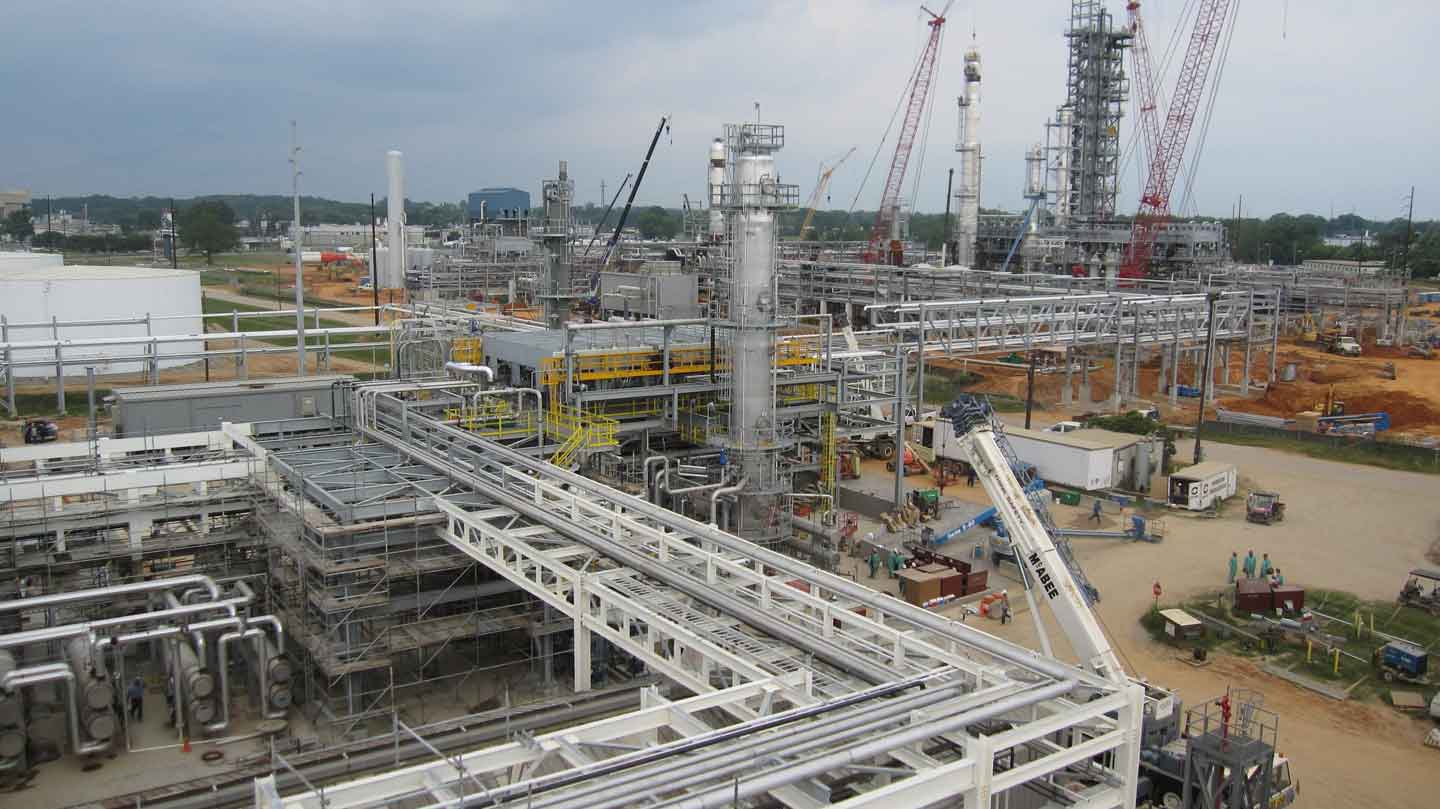Pipeline Sleepers
In the context of oil and gas, pipe sleepers are structural supports at nearly level, designed specifically to support horizontal pipelines. They are essentially longitudinal beams, often made of steel or concrete or a combination of both, that form a stable platform on which pipelines can rest.
Sleepers are usually no more than one meter above the finished level, and usually consist of a single pipe level, although they may sometimes include a raised partial level to support cable trays.

Sleeper Importance
Safety: Sleepers contribute to the overall safety of oil and gas infrastructure by preventing leaks and spills resulting from damaged pipelines.
Accessibility: Sleepers raise pipelines, making them easier to access for inspection, maintenance and repairs.
Protection: They protect pipelines from potential damage caused by ground movement, heavy machinery or other external factors.
Support and stability: They prevent horizontal pipes from sagging or collapsing under their own weight, ensuring proper flow and minimizing pressure on the pipe itself.
Sleeper types
Concrete sleepers: These are precast concrete beams, often used for their cost effectiveness and corrosion resistance.
Steel sleepers: These are usually I-beams or channel beams, known for their strength and durability.
Composite sleepers: These sleepers combine the advantages of both steel and concrete, offering a combination of strength and affordability.
Sleeper design
Environmental factors: Climatic conditions, including temperature fluctuations and possible seismic activity, must be considered in the design.
Diameter and weight of the pipeline: The size and weight of the pipeline have a direct influence on the strength of the sleeper and the required spacing.
Soil conditions: The type and stability of the soil determine the foundation required for the sleepers.

Other Sleeper aspects
Beam spacing can be based on the maximum acceptable span of the smallest line, possibly with intermediate beams. However, this limits the track for future additions of smaller lines. If future additions are likely, the standard spacing of about 6 meters should be used.
Unlike elevated pipe racks, sleepers do not change height when changing direction. It is therefore important to place the lines in the correct order, as there are few opportunities to change order. The flat curving nature of the sleeper also makes adding future lines more difficult than a rack.
Fences may be installed for personnel access, but vehicle access usually requires raising the pipelines to a pipe bridge over the road.
The most common use of tracks or sleepers is in off-site tank farms where they are needed to keep the suction lines low until they reach the pumps for tank export outside the tank berm. The lines run through the bottom of the berm with sealed sleeves.
Since the capital cost of tracks is considerably lower than that of racks, the discharge from these pumps along with the supply lines to the tanks and utilities is usually routed over tracks until it reaches the pipe racks of the process units of the main plant.

Sleepers may be small and often overlooked, but they play a critical role in the efficient and safe operation of oil and gas pipelines. Their ability to support, protect and provide access to critical infrastructure elements makes them invaluable to the industry.
Related Post(s)

PIPE RACKS or PIPE BRIDGES are structures designed and built specifically to support multiple pipes where adequate structure is not available...